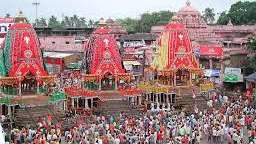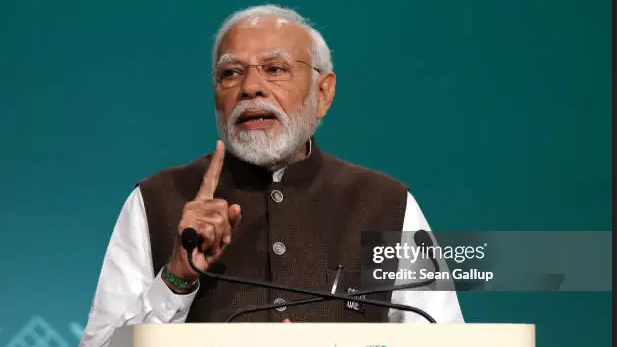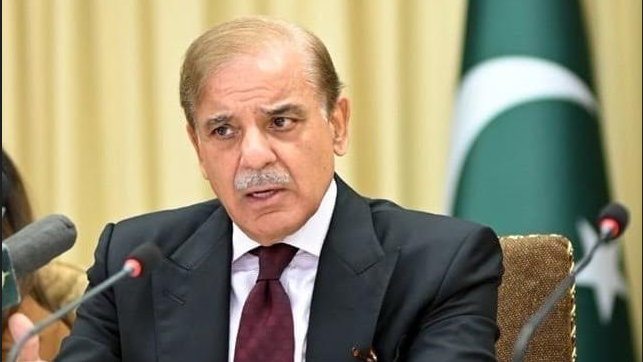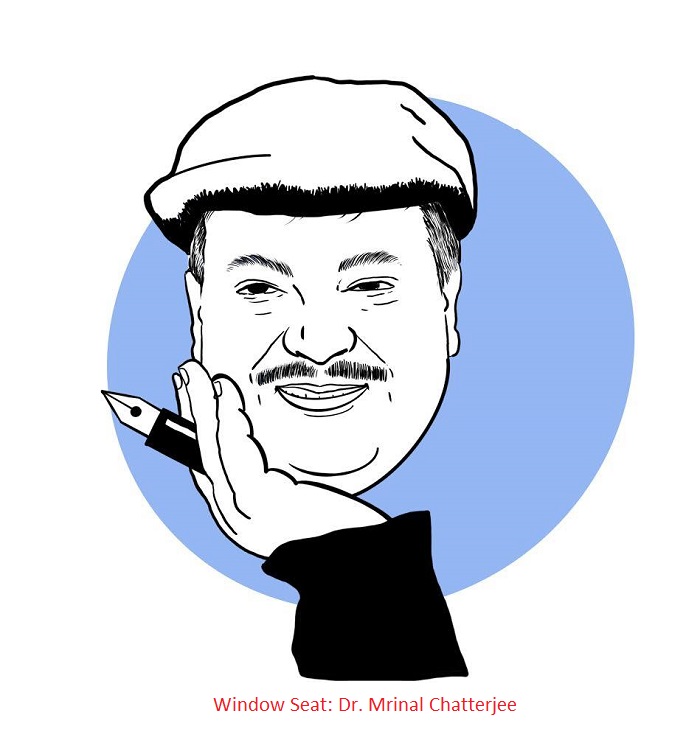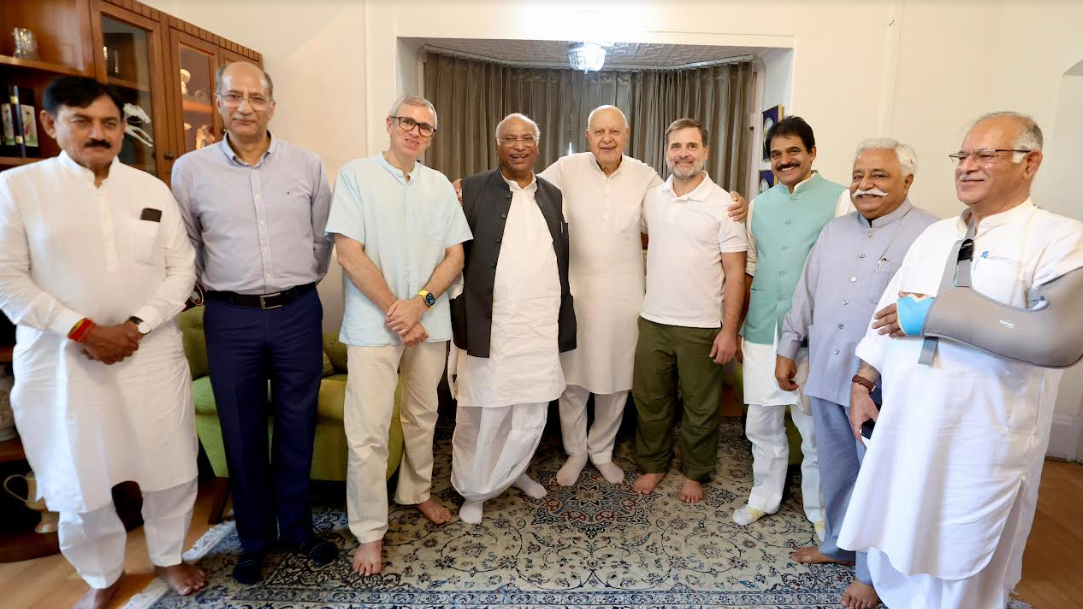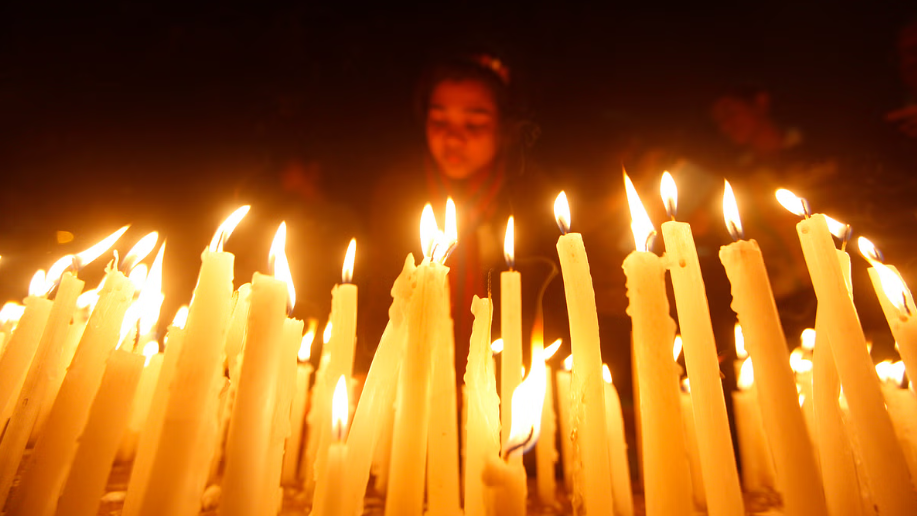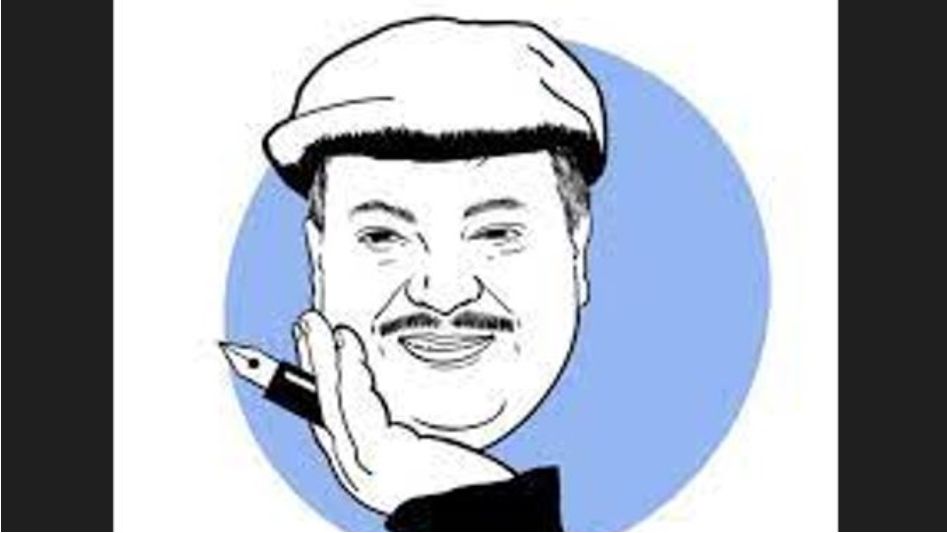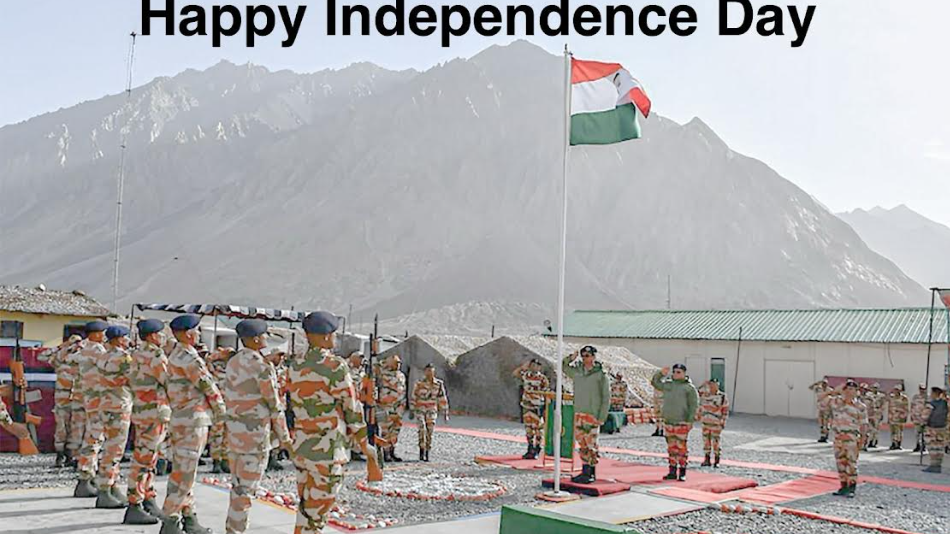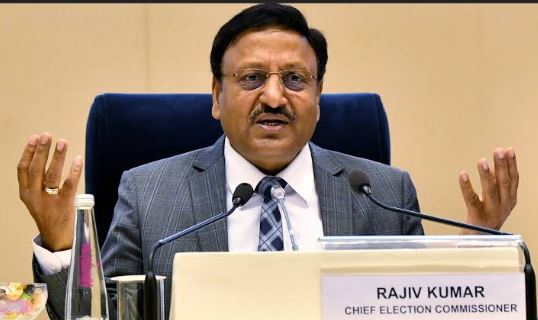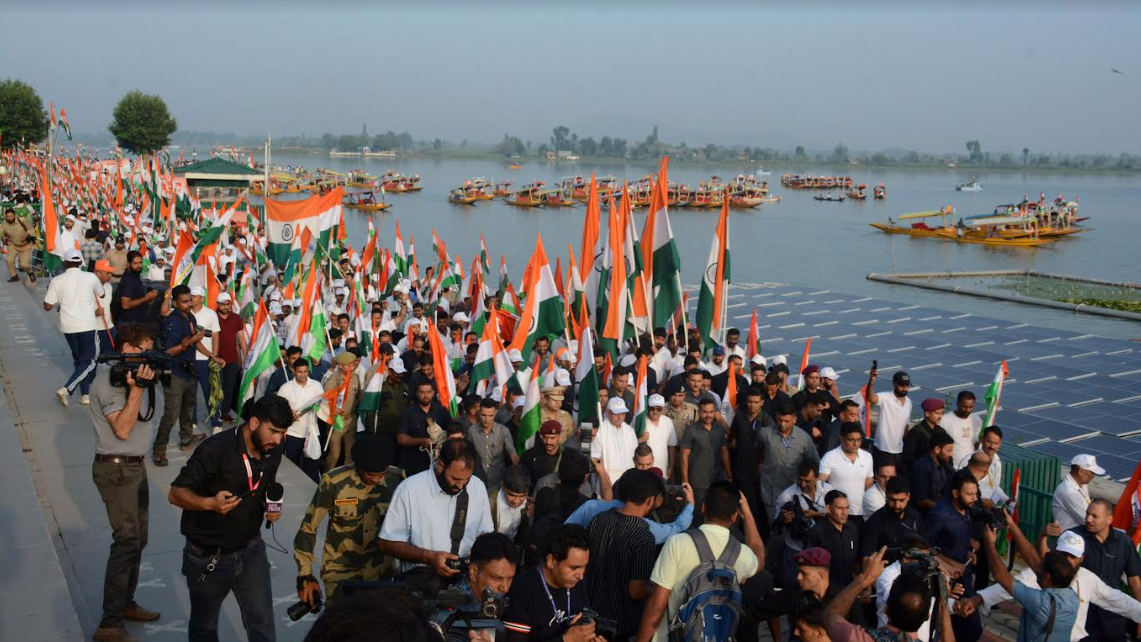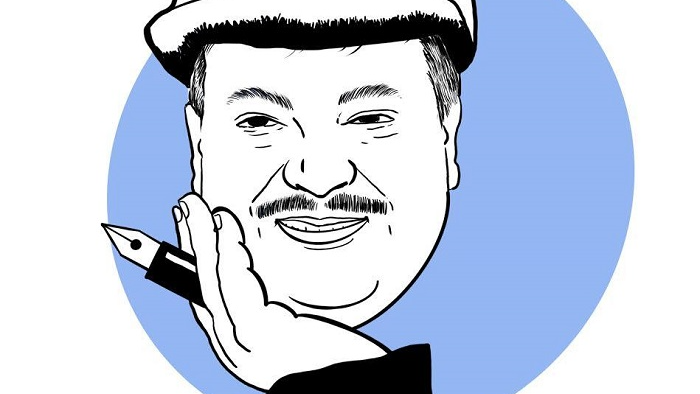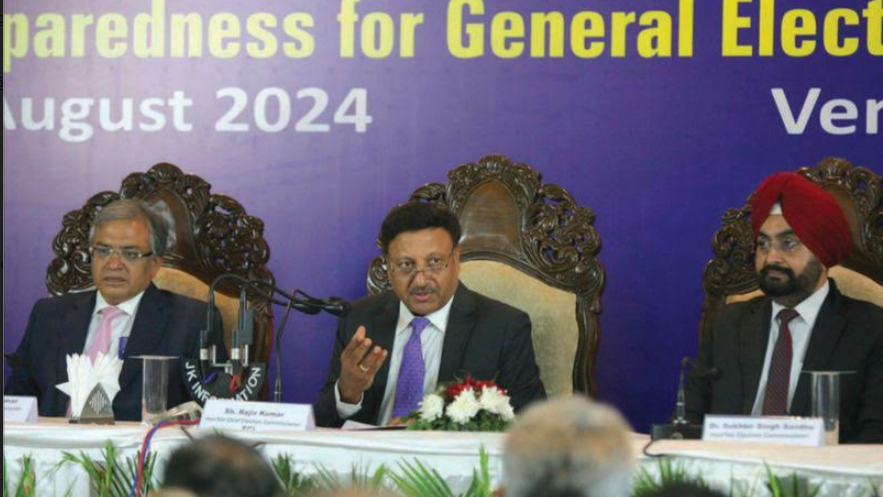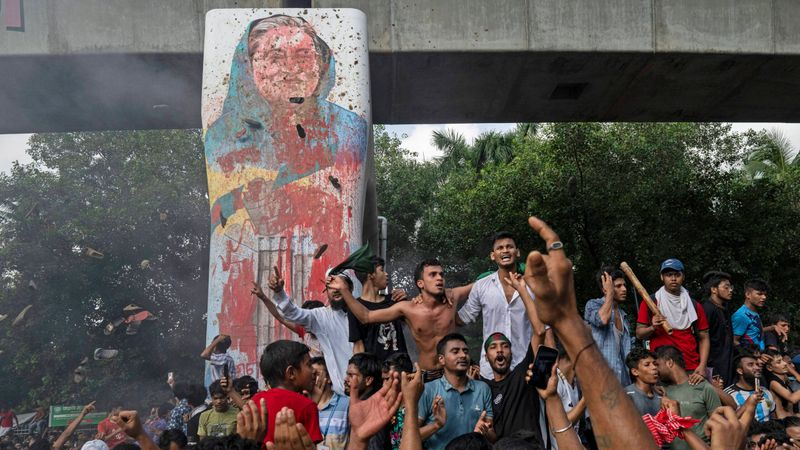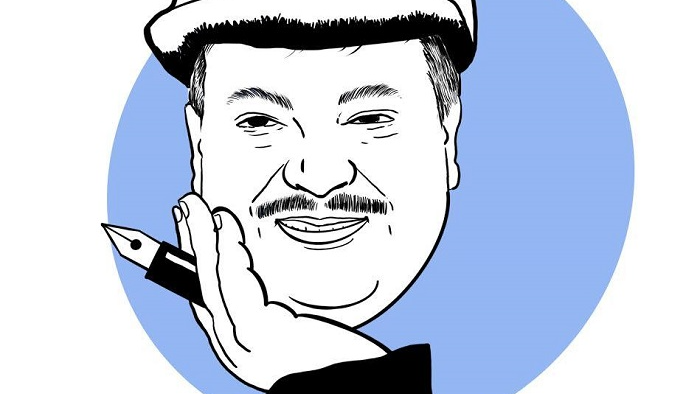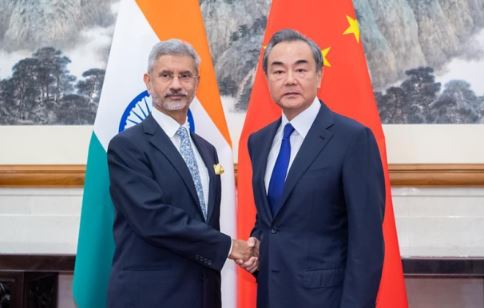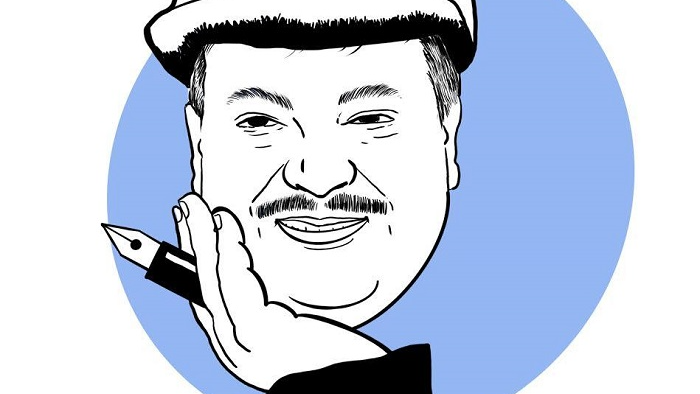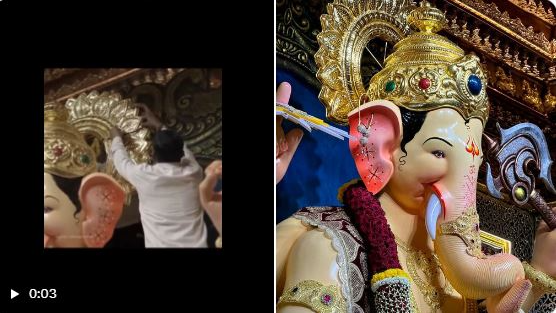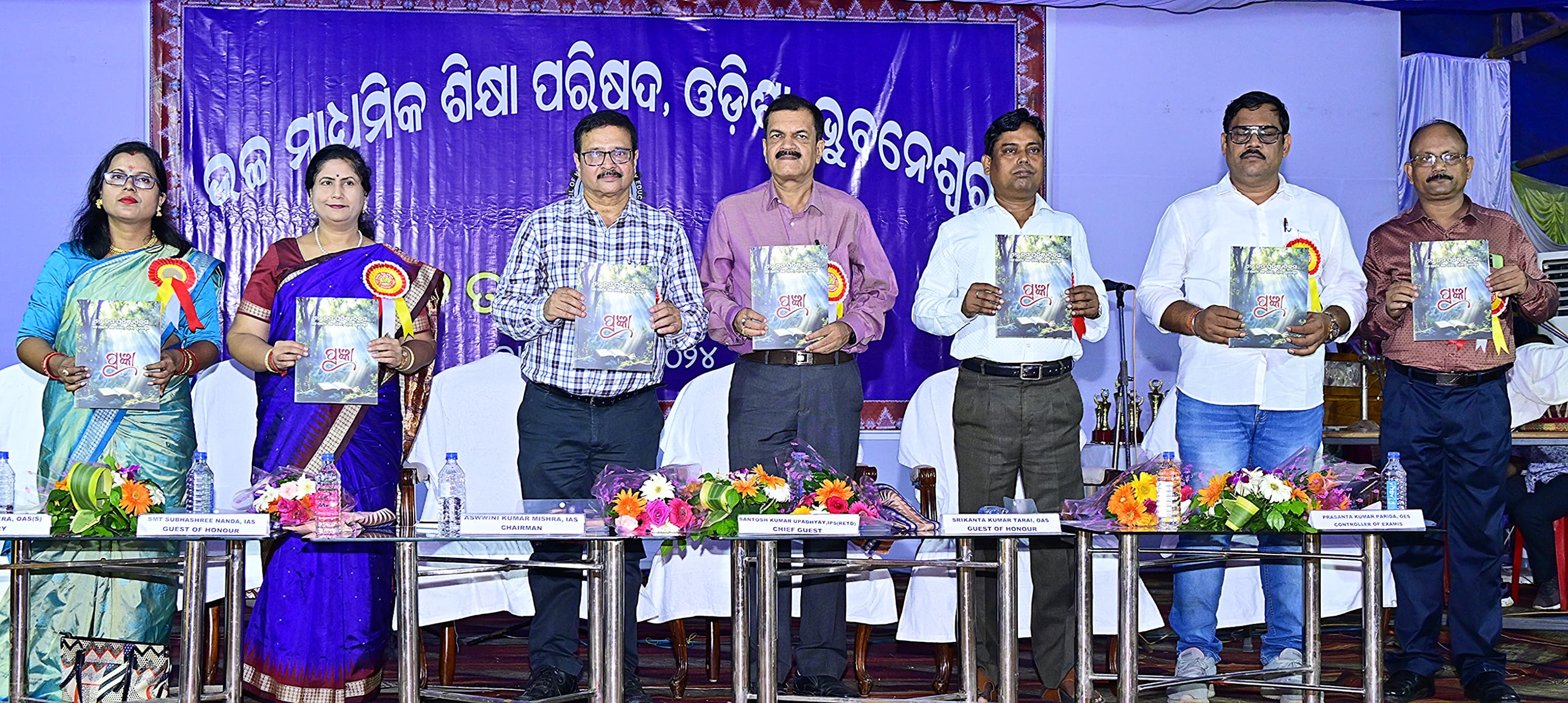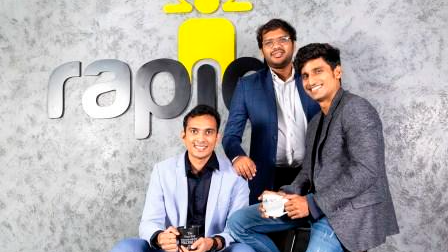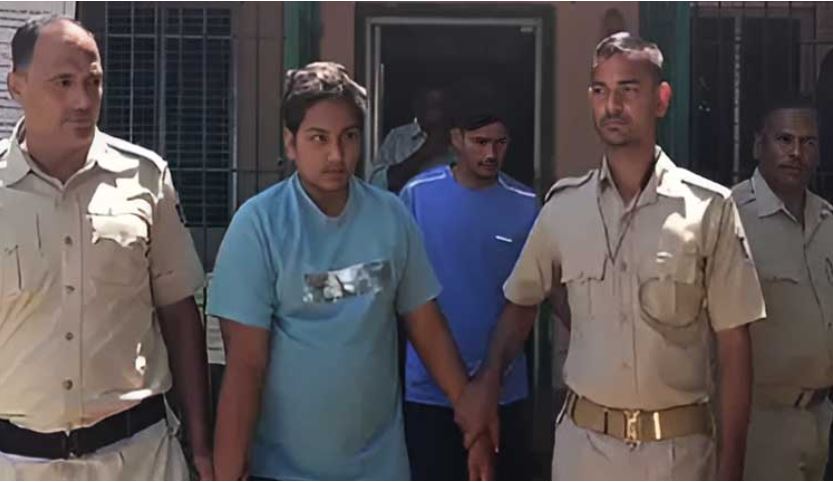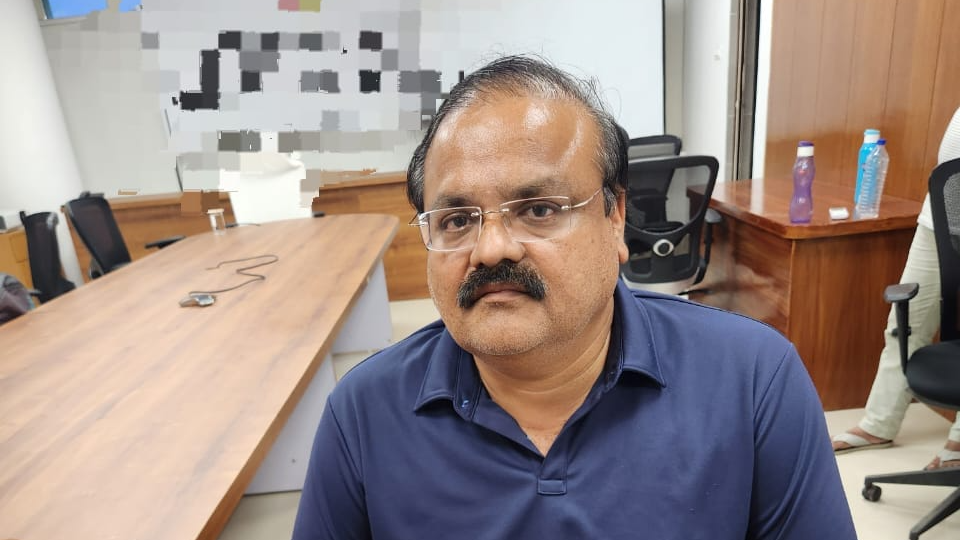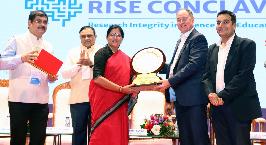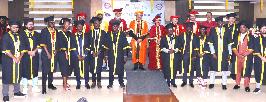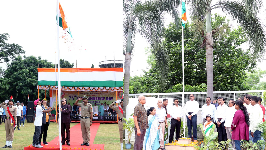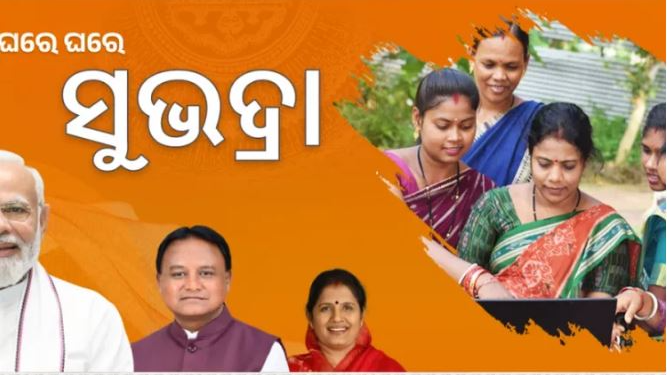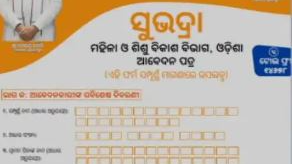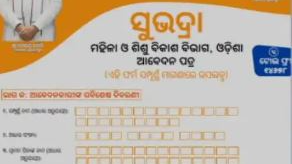By D N Singh
Let’s imagine a period dating back to 10th century when the three chariots of the trio, Lord Jagannath, Lord Balabhadra and Goddess Subhadra had to break their journey at the bank of a very narrow rivulet called Malini, crisscrossing the path in-between Shri Mandir of Puri and the Sri Gundicha temple.
The deities had to be ferried on boats to the other side where three other decorated three chariots remained in waiting which used to take the trio to the destination, Gundicha temple.
Imagine the very narrow sandy path (no pucca road) then pulled by a motley number of devotees for the nine days sojourn at Gindicha temple believed, according to records, the deities’ birth place.
Presumably a break from the main temple when the Lord used to be among the devotees cutting across religious barriers, be it Hindu, Muslim, Sikh or from any sect.
The famous Ratha Yatra (Car festival ) can be traced back over eight hundred years back or so, although there are differing views about its time of origin.
Some records suggest that it started in 12th century while according to the ancient document of the Puri temple ‘ Madala Panji’ the tradition of Ratha Yatra in Puri dates back to the 10th century.
It seems that both the chronicles may have had some logic since there was nothing with which it can be evidenced that which is correct.
‘The Rath Yatra has ancient origins, tracing back to the time of the Puranas(Epics). The festival features three massive chariots, meticulously crafted over months, which carry Lord Jagannath, Lord Balabhadra, and Devi Subhadra from the Jagannath Temple to the Gundicha Temple’.
Be it the legends that still exist or the mythical tales that narrate the origins of the grand festival, however, somehow it was believed that the entirety reflects socio religious thinking and of course, beliefs of the faiths of people.
Like it was also said that, dating back to the epic era,with a hidden design to finish both Lord Krishna and Lord Balaram their maternal uncle invited them to Mathura accompanied by Akrur. Some people or devotees made it an occasion to celebrate it as Ratha Yatra.
Euphoric devotees celebrated the day when Lord Krishna, after defeating the evil Kansa, gave them darshan in Mathura in a chariot with his brother, Balaram.
On finding the siblings standing together motionless, ‘Narada’ prayed, "May the three of you grant darshan in this manner forever." The boon was granted. And the three forever reside in the Puri Temple of the Lord Jagannath.
That was a leaf from Epics and which cannot be claimed without any empirical study to support it.
History
Finally, a story which has been passed on from mouth to mouth, tells what happened after the cremation of Lord Krishna's mortal body.
When Shri Krishna was being cremated in Dwarka, Balaram, much saddened with the development, rushed out to drown himself into the ocean with Krishna's partially cremated body.
“He was followed by Goddess Subhadra. At the same time, on the eastern shore of India, King Indradyumna of Puri dreamt that the Lord's body would float up to Puri's shores. He should build a massive statue in the city and sanctify the wooden statues of lord Krishna, lord Balaram and Goddess Subhadra '' said Pundit Ratha Sharma. A noted scholar on Jagannath cult .
“The bones (asthi) of Lord Krishna's body should be put in the hollow in the statue's back. The dream came true” Sharma added saying “ the king found the splinters of bone (asthi) and took them.
But the question was who would carve the statues. It is believed that the Gods' architect, Vishwakarma, arrived as an old carpenter. He made it clear that while carving the statues nobody should disturb him, and in case anybody did, he would vanish leaving the work unfinished” added Ratha Sharma .
Some months passed. The impatient Indradyumna opened the door of Vishwakarma's room fearing something wrong with the health of Viswakarma.
Vishwakarma disappeared immediately as he had warned before. Despite the unfinished statues, the king sanctified them; placing Lord Krishna's holy cinders in the hollow of the statue and installing them in the temple, this was found mentioned in the temple records.
A majestic procession is carried out with the statues of Lord Krishna, Balaram and Subhadra, every year, in three gigantic chariots. The huge chariots are pulled by a motley devotees from Janakpur to the temple in Jagannath Puri. The statues are changed every 12 years--the new ones being incomplete also. Which is known as ‘Naba Kalebara’ that means a kind of re-incarnation of the Lord and other two deities.
Then it was a different situation when in-between the Jagannath temple and Sri Gundicha, where the deities go for the nine days sojourn, known as Ratha Yatra period,the main road( Badadanda) was just a sandy track and in the middle the path there was a very small rivulet called Malini as mentioned earlier.
That is because that was the place where King Indradyumna had invited the divine carpenter Viswakarma to give shape to the three wooden pieces, believed to be remnants of the three deities those were found floating in the off-shore and as per the divine command which the King dreamt .
The Jagannath Puri Temple is one of the four most sacred temples in the four directions of the India--the other three being: Rameshwar in South, Dwarka in West and Badrinath in the Himalayas. Maybe, the temple in Jagannath Puri is the world's only temple with the statues of three deities who are siblings -- Lord Krishna, Balaram and Subhadra.
The temple of Puri, it is believed, as per records had suffered massive damage when a Muslim invader known as ‘Kala Pahada’ had attacked the religious places in Puri, including Jagannath temple and the same invader at last surrendered before the lord and became a devotee also.
It is believed that lord Jagannath’s chariots were being pulled by a small crowd while some elephants used to push from behind as a custom or due to the sandy roads.
A small tale narrates the love and intimacy between the Lord and his devotees. That was the episode of Bhakta Salabega who despite being a Muslim became an ardent devotee of the Lord. Salabega was the son of a Mughal commander Lal Beg who had kidnapped a Brahmin young woman from a bathing ‘ghat’ near Puri on his horse and fell in love and married her.
But Lalbeg showed rar magnanimity and treated her with great respect and allowed her to pursue her faith and live like a Hindu only.
The couple gave birth to a son known as Salabega who later went down as one of the most revered devotees of the Lord.
Salabega’s ‘Bhajans’ devoted to the lord are still recited in worship.
As on date the chariot of the Lord ‘Nandighosh’ halts in front the memorial of Salabega as a mark of reverence to Salabega.
Rath Yatra of Puri this year(2024)is going on till this piece was written as it has been going on since Sunday the 6th July for various reasons.
Disclaimer: This is the personal opinion of the author. The views expressed in this write-up have nothing to do with www.prameyanews.com.




